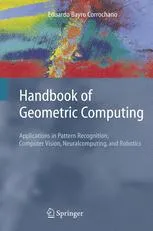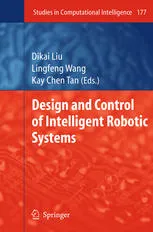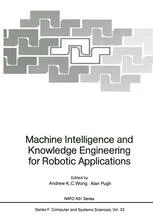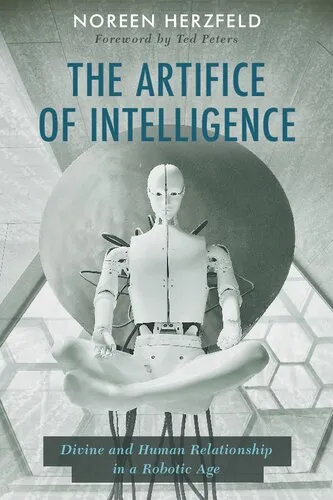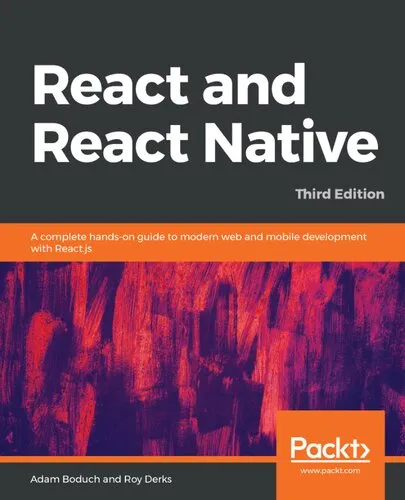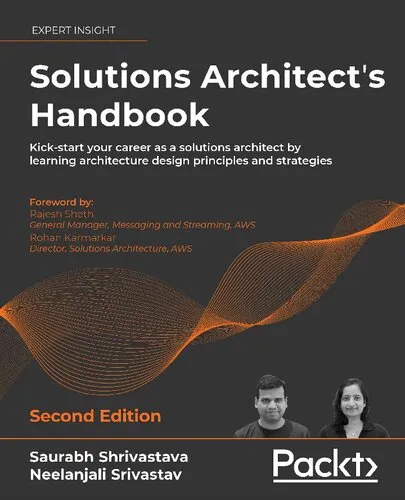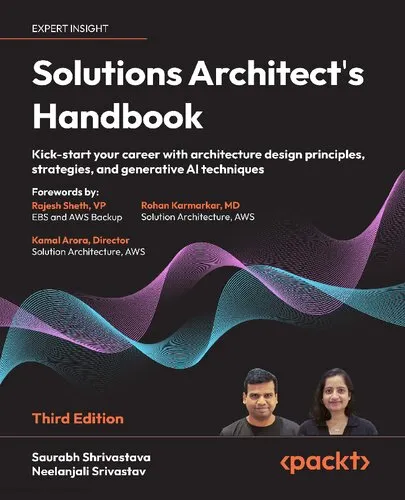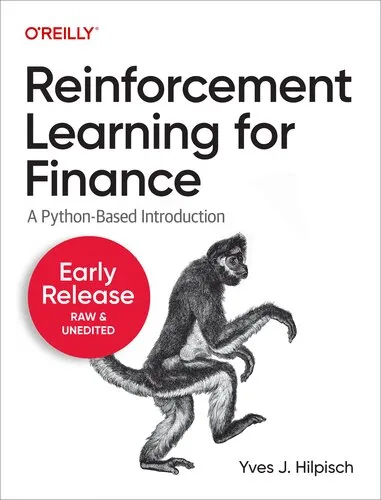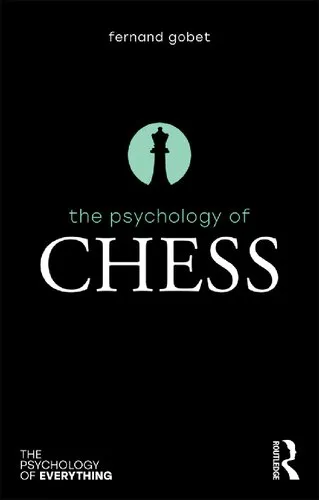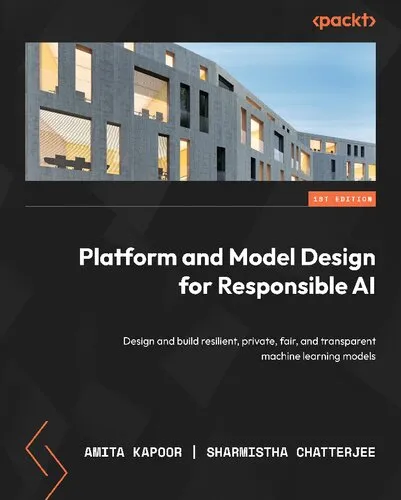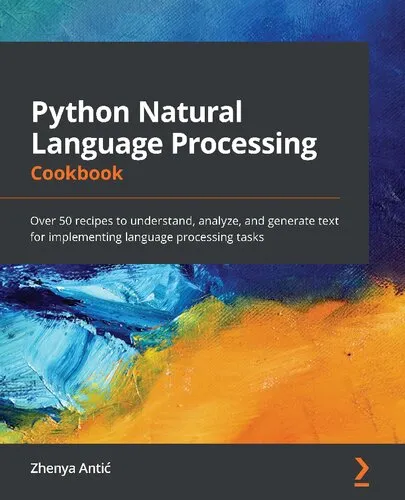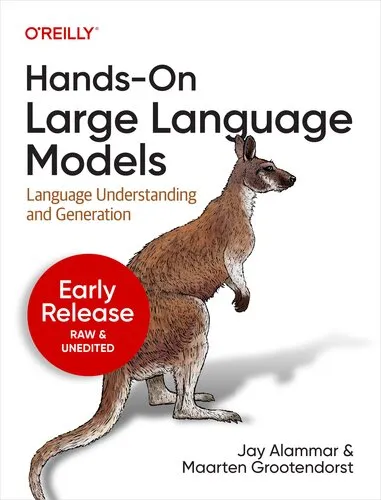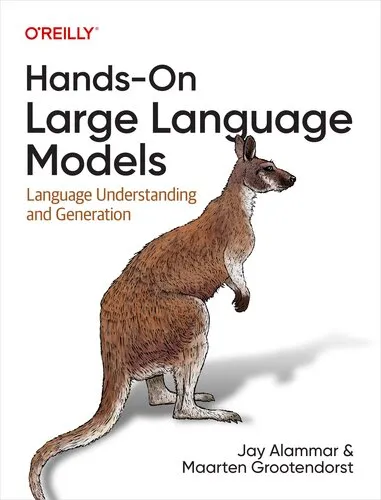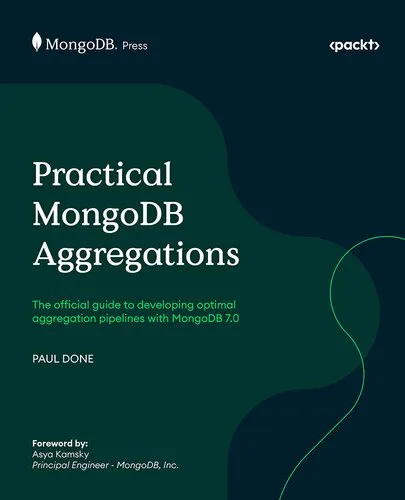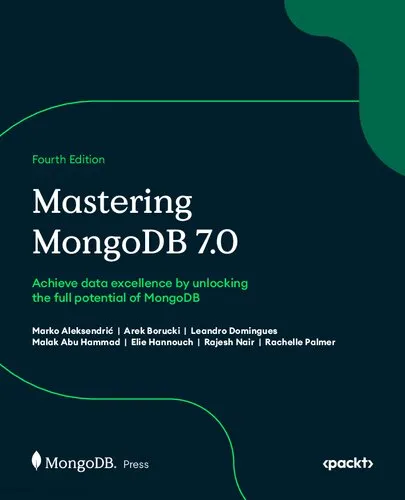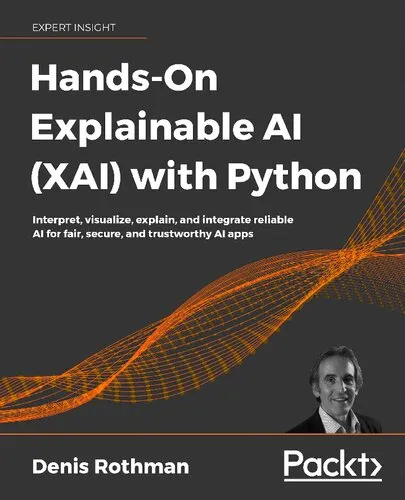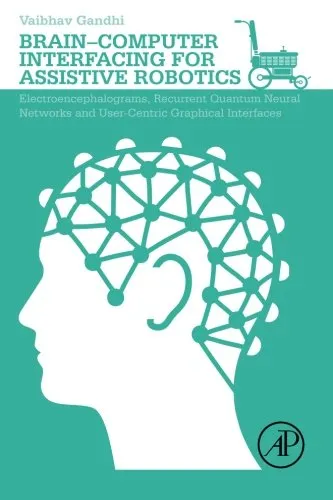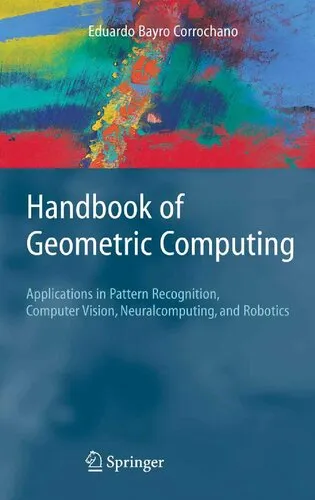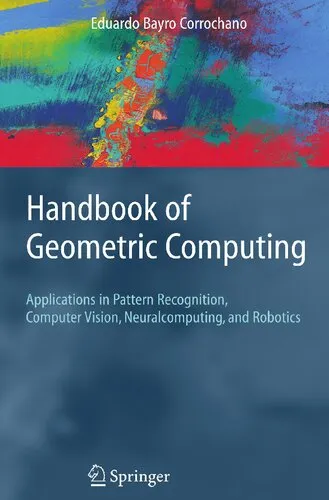Handbook of Geometric Computing: Applications in Pattern Recognition, Computer Vision, Neuralcomputing, and Robotics
4.6
بر اساس نظر کاربران

شما میتونید سوالاتتون در باره کتاب رو از هوش مصنوعیش بعد از ورود بپرسید
هر دانلود یا پرسش از هوش مصنوعی 2 امتیاز لازم دارد، برای بدست آوردن امتیاز رایگان، به صفحه ی راهنمای امتیازات سر بزنید و یک سری کار ارزشمند انجام بدینکتاب های مرتبط:
آشنایی با کتاب "Handbook of Geometric Computing"
کتاب "Handbook of Geometric Computing: Applications in Pattern Recognition, Computer Vision, Neuralcomputing, and Robotics" نوشته ادواردو بایرو کوروچانو یکی از آثار جامع و کلیدی در حوزه محاسبات هندسی است. این کتاب نه تنها پایههای نظری محاسبات هندسی را گسترش میدهد، بلکه بر کاربردهای عملی آن در حوزههای پیشرفتهای نظیر Pattern Recognition، Computer Vision، Neuralcomputing و Robotics تمرکز دارد. در ادامه، بخشهای مختلف معرفی کتاب، شامل خلاصهای از مطالب، نکات کلیدی، نقلقولهای معروف و اهمیت این اثر بررسی میشود.
خلاصهای از کتاب
این کتاب در چندین فصل ساختارمند، روشهای نوآورانه محاسبات هندسی را معرفی میکند. هدف اصلی آن ادغام هندسه چندخطی (Multilinear Algebra) با مفاهیمی از جبر هندسی (Geometric Algebra) برای ارائه راهکارهایی مؤثر در مسائل پیچیده محاسباتی است. درک این مفاهیم در بستر Computer Vision و الگوریتمهای Pattern Recognition کمک میکند تا تحلیل تصاویر و دادههای ویدیویی به سطوح جدیدی از دقت برسد. استفاده از Neuralcomputing در این چارچوب نیز امکان ایجاد سیستمهای هوشمندتر را فراهم میکند.
یکی دیگر از محورهای کلیدی کتاب، استفاده از جبر هندسی در Robotics است؛ با این تمرکز که چگونه میتوان مدلسازیهای دقیقتر رباتیک را با ابزارهای ریاضی پیشرفته محقق کرد. علاوه بر مثالهای عملی، هر فصل به مباحث بنیادی از جمله نظریه گروهها، تبدیلات هندسی و کاربردهای آنها نیز میپردازد.
نکات کلیدی
- اهمیت جبر هندسی (Geometric Algebra) بهعنوان پایهای قدرتمند برای مدلسازی و حل مسائل پیچیده.
- تبیین کاربردی نظریههای ریاضی و پیادهسازی آنها در Pattern Recognition و Computer Vision.
- بررسی نقش Neuralcomputing در تحلیل و پردازش دادهها.
- ارائه چارچوب منحصربهفرد برای طراحی سیستمهای رباتیکی با قابلیت محاسبات پیشرفته.
- مطالعه نمونههای واقعی از کاربرد محاسبات هندسی در صنایع مختلف.
نقلقولهای معروف از کتاب
“Geometry is not just the study of shapes, but rather a universal language to model and process information in the most efficient manner.”
"Robotics is the art of bringing abstract computation into the tangible world, and it begins with understanding geometry deeply."
چرا این کتاب مهم است؟
در دنیای امروز، که کاربردهای فناوری بهطور فزایندهای بر تحلیل دقیق دادهها و سیستمهای هوشمند متکی است، دانشی عمیق در مورد روشهای محاسباتی پیشرفته ضروری است. کتاب "Handbook of Geometric Computing" بهعنوان یکی از منابع پیشتاز در این زمینه، ابزارهایی اساسی برای پیشبرد تحقیقاتی در حوزههای بینرشتهای ارائه میدهد. چه برای دانشجویان علاقهمند به مطالعه هندسه محاسباتی و چه برای محققانی که درصدد توسعه الگوریتمهای هوشمند مبتنی بر Geometric Algebra هستند، این کتاب مرجعی بیبدیل بهحساب میآید.
با توجه به ترکیب مباحث نظری و کاربرد عملی، این کتاب برای علاقهمندان به Computer Vision، Robotics و Neuralcomputing بسیار ارزشمند است. ایدهها و چارچوبهایی که در آن معرفی شدهاند، مسیر نوآوری در هوش مصنوعی و سیستمهای پیشرفته رباتیک را هموار میکنند.
Introduction to "Handbook of Geometric Computing: Applications in Pattern Recognition, Computer Vision, Neuralcomputing, and Robotics"
"Handbook of Geometric Computing: Applications in Pattern Recognition, Computer Vision, Neuralcomputing, and Robotics" is a comprehensive guide that bridges the gap between abstract mathematical concepts and their practical implementations in the realm of modern computing. Authored by Eduardo Bayro-Corrochano, the book delves deep into the transformative role of geometric algebra in solving complex problems in various domains, including robotics, neural networks, computer vision, and artificial intelligence. By focusing on geometric computing methodologies, it provides engineers, researchers, and students with a powerful framework to analyze, design, and innovate intelligent systems.
Detailed Summary of the Book
This book serves as both a foundational text and a practical guide, ensuring readers from diverse fields understand the significance of geometric computing in their respective disciplines. At its core, it explores advanced mathematical tools such as geometric algebra and Clifford algebra, allowing seamless integration of geometry into computational problems. The text is structured to take readers on a journey, starting from the basics of mathematical constructs to their applications in sophisticated systems.
Over its many chapters, the book weaves together theoretical insights and practical examples, offering a range of algorithms and techniques designed to process visual information, recognize patterns, and build intelligent robotic systems. Topics such as conformal geometric algebra, perception modeling, image recognition, mechanical system design, and learning mechanisms in neural networks are covered in detail.
What sets this book apart is its multidisciplinary perspective, which makes it an invaluable resource for anyone aiming to understand the interconnected nature of geometry, computation, and cognition. Each topic is presented in a lucid manner, complemented by rich mathematical descriptions and practical use cases, thus enabling a balanced approach that appeals to both theoreticians and practitioners.
Key Takeaways
- Comprehensive understanding of geometric algebra and its relevance to computational systems.
- Practical insights into solving real-world problems in pattern recognition, computer vision, and robotics.
- Bridging abstract mathematical constructs with hands-on engineering applications.
- An interdisciplinary approach to integrating neural computing and robotics with geometry-based methodologies.
- Development of scalable and elegant algorithms for high-dimensional data processing.
Famous Quotes from the Book
"Geometric computing is not just a set of tools but a paradigm shift in how we approach problems that involve spatial understanding and adaptability."
"By blending the rigor of mathematics with the creativity of engineering, geometric algebra opens doors to solutions previously deemed unattainable."
"In robotics and artificial intelligence, it is not enough to process information; the key lies in understanding the structure of the data geometrically."
Why This Book Matters
The importance of this book lies in its ability to act as a bridge between complex mathematics and cutting-edge technology. It serves not just as a textbook but also as a reference guide for professionals working at the intersection of engineering, mathematics, and computer science. Its focus on applications ensures that readers can walk away with both theoretical knowledge and the skills to apply it effectively in their projects.
As the world increasingly relies on intelligent systems—from autonomous vehicles to advanced pattern recognition systems—geometric computing becomes vital. "Handbook of Geometric Computing" addresses this need by presenting a unified framework that makes complex systems not just smarter but more intuitive and geometrically aware. The author’s multidisciplinary approach ensures the content is accessible to readers across various fields, making it a foundational text for anyone looking to innovate in machine intelligence and computational design.
دانلود رایگان مستقیم
شما میتونید سوالاتتون در باره کتاب رو از هوش مصنوعیش بعد از ورود بپرسید
دسترسی به کتابها از طریق پلتفرمهای قانونی و کتابخانههای عمومی نه تنها از حقوق نویسندگان و ناشران حمایت میکند، بلکه به پایداری فرهنگ کتابخوانی نیز کمک میرساند. پیش از دانلود، لحظهای به بررسی این گزینهها فکر کنید.
این کتاب رو در پلتفرم های دیگه ببینید
WorldCat به شما کمک میکنه تا کتاب ها رو در کتابخانه های سراسر دنیا پیدا کنید
امتیازها، نظرات تخصصی و صحبت ها درباره کتاب را در Goodreads ببینید
کتابهای کمیاب یا دست دوم را در AbeBooks پیدا کنید و بخرید
2472
بازدید4.6
امتیاز0
نظر98%
رضایتنظرات:
4.6
بر اساس 0 نظر کاربران
Questions & Answers
Ask questions about this book or help others by answering
No questions yet. Be the first to ask!
